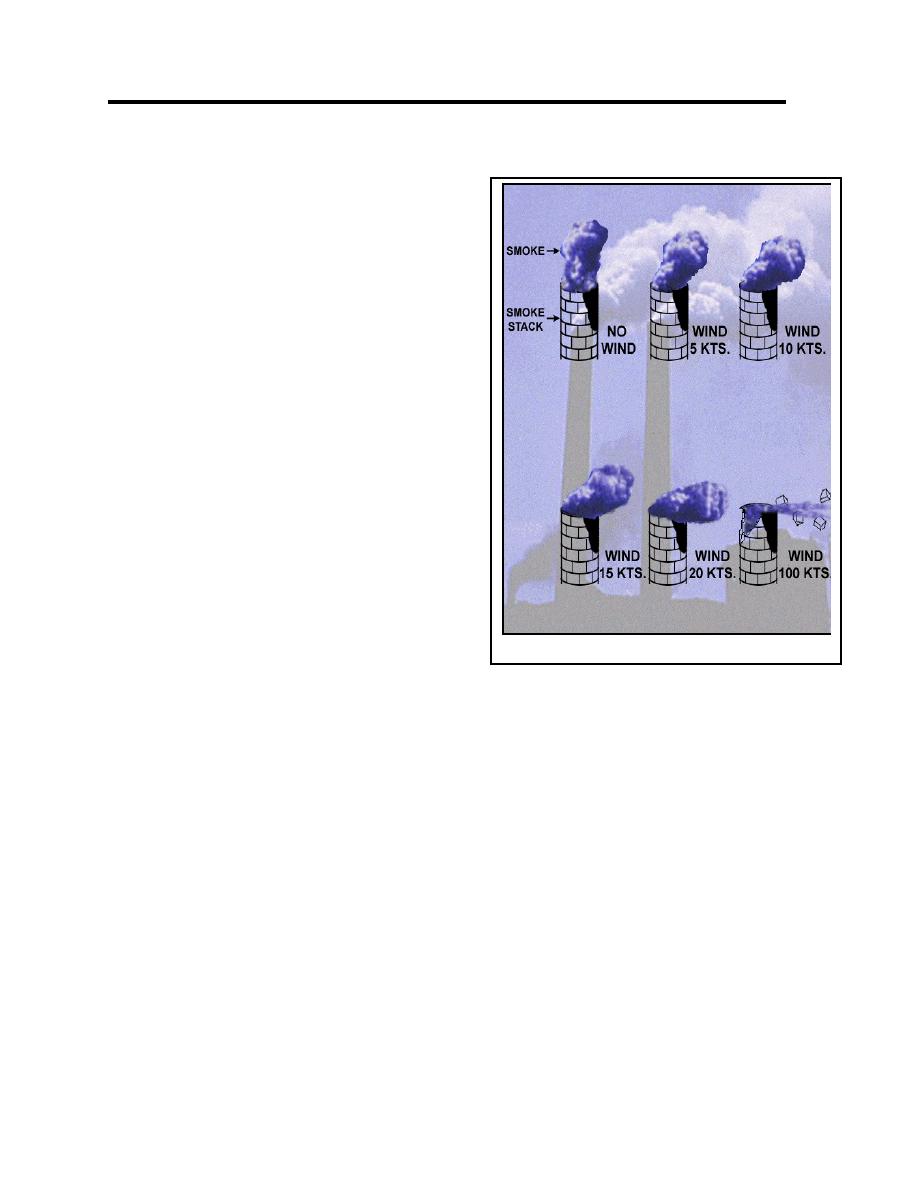 |
|||
|
|
|||
|
|
|||
| ||||||||||
|
|  STUDENT GUIDE
VISUAL NAVIGATION
7.6. FIX
7.6.1. Visual fixing in the T-1/T-39 is different
from the T-34. While the same terrain and cultural
features are available outside the aircraft, faster
airspeeds, different altitudes, and a different
cockpit configuration affect how visible features
outside the aircraft appear.
7.6.2. Flying 150 kts faster than T-34 VNAV
sorties, the total time a feature is visible is
significantly less. At one minute prior to the turn
point, T-34 aircraft are 2 NM from the feature.
In T-1/T-39 flights, the point is still five miles
away at one minute. As a result, it is critical to be
looking in the right place at the right time, making
time updates a critical factor in visual navigation.
7.6.3. In T-34 flight, horizontal development was
emphasized as the most favorable characteristic of
a checkpoint. The lower altitudes flown by T-1s
and T-39s make vertical development more
significant, although the ideal checkpoint has both
horizontal and vertical development. Additionally,
the lower altitude typically decreases horizontal
visual range as even gradual rises in terrain can
Figure 7-2
obscure checkpoints. Trees will have a similar
affect, as roads crossing perpendicular to the planned route may not appear until a few seconds
prior to crossover. Again, looking in the right place at the right time is a key factor, and can only
be done through proper use of "Clock, Chart, Ground" with effective timing updates.
7.6.4. Aircraft cockpit configuration is also a new challenge, as visibility to the left decreases
due to the cockpit layout. Compensate for this difficulty through improved crew coordination. If
a checkpoint is to appear on the left side of the aircraft, be prepared prompt the pilot to assist in
searching for the point.
7.6.5. Another error magnified by the faster airspeed is failure to properly mark abeam the point.
If the checkpoint is also a turn point, the problem is compounded. Ideally, the aircraft's EHSI
starts moving directly over the turn point. A six-second delay in calling a 90 turn affects both
course navigation and timing (see Section 10). Sometimes it may not be possible to turn exactly
over the point on heading and on airspeed. To achieve the best navigation, recall the following
priorities from T-34 VNAV:
7-4
|
|
Privacy Statement - Press Release - Copyright Information. - Contact Us |